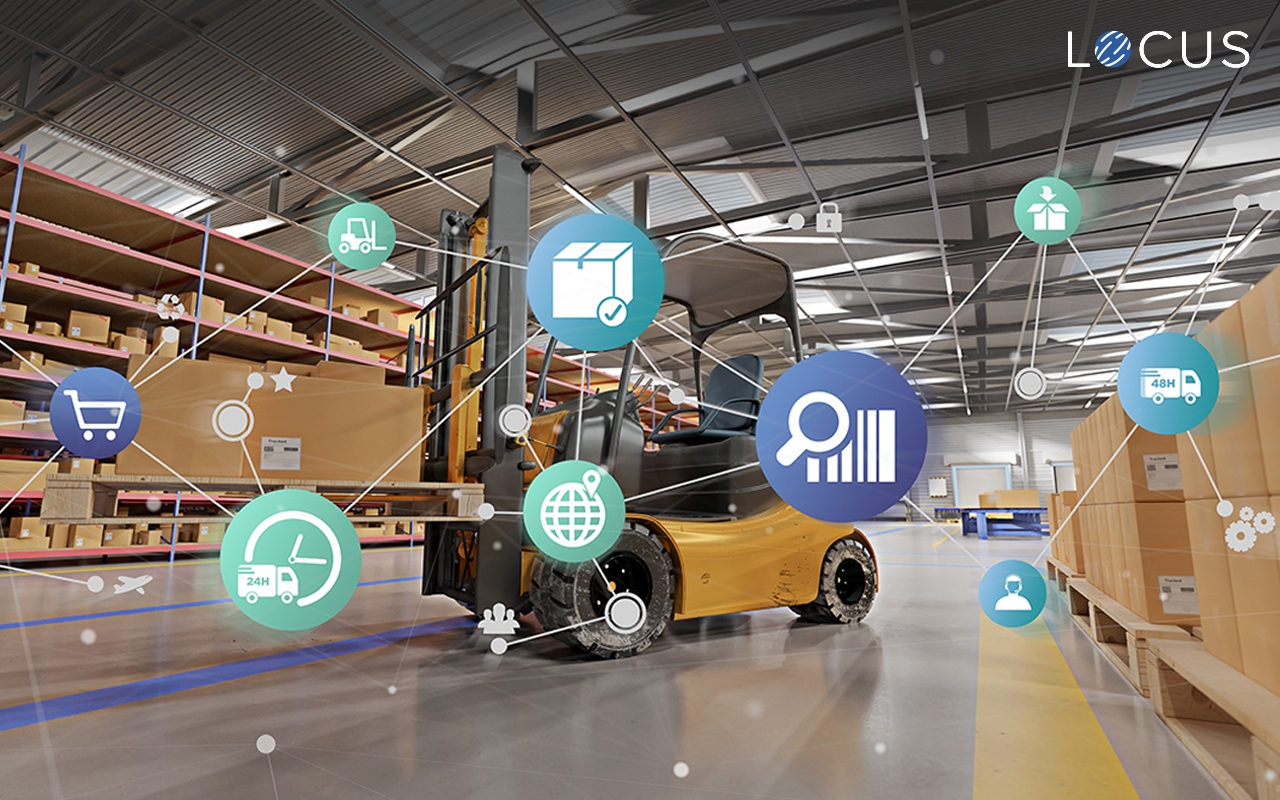

The Future of AI in Supply Chain Optimization: Revolutionizing the Industry
The supply chain industry has witnessed significant transformations in recent years, driven by the increasing adoption of artificial intelligence (AI) and machine learning (ML) technologies. As the global economy continues to evolve, the importance of efficient supply chain management has never been more critical. The integration of AI in supply chain optimization is poised to revolutionize the industry, enabling organizations to streamline operations, reduce costs, and improve customer satisfaction.
Current Challenges in Supply Chain Management
Supply chain management involves a complex network of activities, including procurement, production planning, inventory management, and logistics. However, traditional supply chain management systems are often plagued by inefficiencies, including:
- Inaccurate Demand Forecasting: Inability to accurately predict demand leads to inventory stockouts, overstocking, and wasted resources.
- Manual Processes: Relying on manual processes and Excel spreadsheets can lead to errors, delays, and a lack of visibility across the supply chain.
- Inefficient Route Planning: Inadequate route planning can result in increased transportation costs, delayed shipments, and poor customer satisfaction.
- Supply Chain Disruptions: Natural disasters, supplier failures, and other disruptions can have a significant impact on supply chain operations.
The Role of AI in Supply Chain Optimization
AI and ML technologies are transforming supply chain management by providing real-time insights, automating manual processes, and enabling predictive analytics. AI-powered systems can:
- Analyze Large Datasets: Process vast amounts of data from various sources, including IoT devices, sensors, and social media, to gain insights into demand patterns, supply chain performance, and customer behavior.
- Predict Demand: Utilize machine learning algorithms to accurately forecast demand, enabling organizations to optimize inventory levels, reduce waste, and improve customer satisfaction.
- Optimize Route Planning: Leverage AI-powered route planning to reduce transportation costs, lower emissions, and improve delivery times.
- Identify Potential Disruptions: Analyze real-time data to identify potential supply chain disruptions, enabling proactive measures to mitigate risks and maintain business continuity.
Applications of AI in Supply Chain Optimization
The applications of AI in supply chain optimization are vast and varied, including:
- Predictive Maintenance: AI-powered predictive maintenance enables organizations to detect potential equipment failures, reducing downtime and improving overall efficiency.
- Inventory Optimization: AI algorithms can analyze data to optimize inventory levels, reducing stockouts and overstocking, and improving supply chain efficiency.
- Dynamic Pricing: AI-powered dynamic pricing enables organizations to adjust prices in real-time, based on demand, supply, and market conditions.
- Supply Chain Visibility: AI-powered visibility platforms provide real-time insights into supply chain operations, enabling organizations to track shipments, monitor inventory levels, and improve collaboration.
Case Studies: Real-World Applications of AI in Supply Chain Optimization
Several organizations have already leveraged AI in supply chain optimization, achieving significant benefits, including:
- UPS: The logistics giant has implemented AI-powered route optimization, reducing fuel consumption by 10 million gallons and lowering emissions by 20%.
- PepsiCo: The multinational food and beverage corporation has utilized AI-powered predictive analytics to improve demand forecasting, reducing inventory levels by 10% and improving supply chain efficiency.
- Maersk: The global shipping company has implemented AI-powered supply chain visibility, enabling real-time tracking and monitoring of shipments, and improving customer satisfaction.
Challenges and Limitations of AI in Supply Chain Optimization
While AI has the potential to revolutionize supply chain management, there are several challenges and limitations that organizations must consider, including:
- Data Quality: AI systems require high-quality data to deliver accurate insights, but poor data quality can lead to inaccurate predictions and inefficient decision-making.
- Integration with Legacy Systems: AI systems may not integrate seamlessly with legacy systems, requiring significant investments in infrastructure and IT support.
- Cybersecurity Risks: AI systems can be vulnerable to cyber attacks, compromising sensitive data and disrupting supply chain operations.
- Skills and Training: Organizations may need to invest in training and upskilling employees to work effectively with AI-powered systems.
Conclusion
The future of AI in supply chain optimization is bright, with the potential to transform the industry by improving efficiency, reducing costs, and enhancing customer satisfaction. As the technology continues to evolve, organizations must stay ahead of the curve, investing in AI-powered systems and addressing the challenges and limitations associated with their implementation. By doing so, organizations can unlock the full potential of AI in supply chain optimization and remain competitive in an increasingly complex and dynamic global economy.
Final Thoughts
As we look to the future, it is clear that AI will play an increasingly important role in supply chain optimization. The technology has the potential to revolutionize the industry, enabling organizations to:
- Improve forecasting accuracy and reduce inventory levels
- Optimize route planning and reduce transportation costs
- Enhance supply chain visibility and improve collaboration
- Identify potential disruptions and mitigate risks
To realize the full potential of AI in supply chain optimization, organizations must be willing to invest in the technology, address the challenges and limitations, and develop the skills and training necessary to succeed in an increasingly digital supply chain landscape. By doing so, organizations can unlock the benefits of AI and remain competitive in an increasingly complex and dynamic global economy.




